For a website dealing in the history of Liverpool, there’s not much here directly about shipping. My book Liverpool: a landscape history, and this site, both cover trade, and of course the docks themselves. But I’ve never delved deeply into the industry of shipping, or shipping lines. I only know a few illustrious names as the White Star Line and Cunard (and their respective landmark buildings).
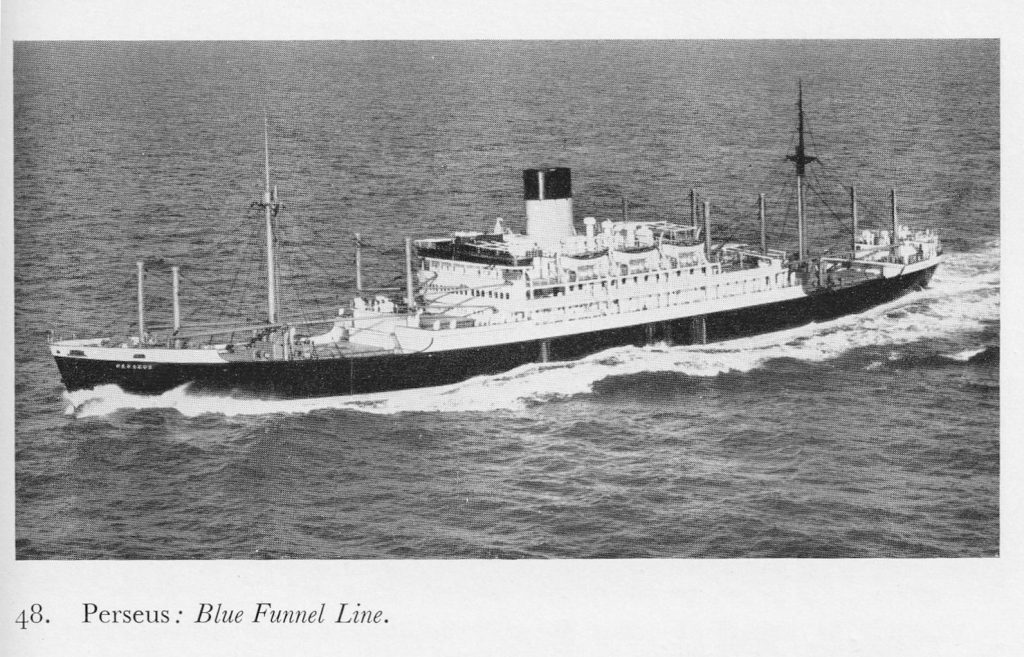
The main reason is that I’m interested in the landscape of Liverpool, and by their nature shipping lines are often many thousands of miles from port. Liverpool Shipping: a short history showed that there is definitely more to look at from a landscape or geographical perspective. It also gives many other fascinating reasons to take an interest.
Dr Chandler, I presume
George Chandler (or to give him his full title, Dr. George Chandler, MA, FLA, FRHistS) was at one time Librarian of the City of Liverpool. He wrote this book making best use of his position. It’s clearly based on research using documents from the Central Library (or the Picton Library, as he calls it).
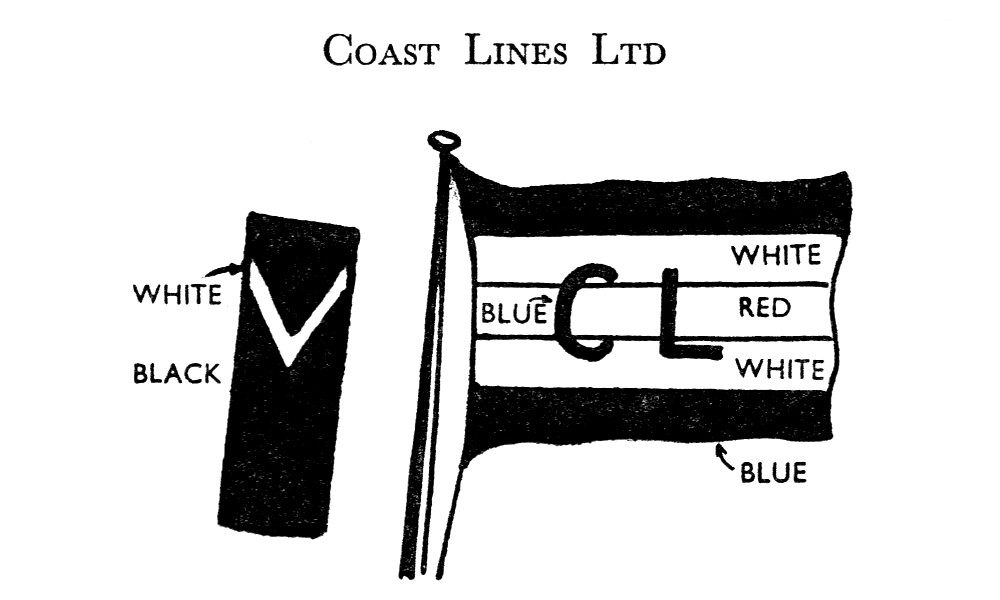
But what interest does the book have for the study of Liverpool’s landscape? The book takes a chronological approach, helping us see the expansion of Liverpool’s connections with the wider world. The earliest chapters, ‘Liverpool, a world port’ and ‘Liverpool’s coastal shipping’ deal with the town’s earliest recorded history.
Chandler tells of King John’s decision to grant a charter to the town. John did this to create a base from which to launch military campaigns to Ireland and Wales. One of the main upshots of the charter was to encourage burgesses (merchants) to settle here. This inevitably led to trade sailing from the Mersey.
Liverpool shipping and expanding horizons
As time goes by, Liverpool shipping plyed hundreds, if not thousands, of routes all around the coastlines of the British Isles. Not long afterwards, as Liverpool’s power grows, ships sail further afield, to Spain and onwards into the Mediterranean. Although I’m sure it’s not as neat as Chandler’s chapters may lead you to believe, the chronology is then one of expansion to Canada and the US, South America, Africa, India and further east to the Pacific.
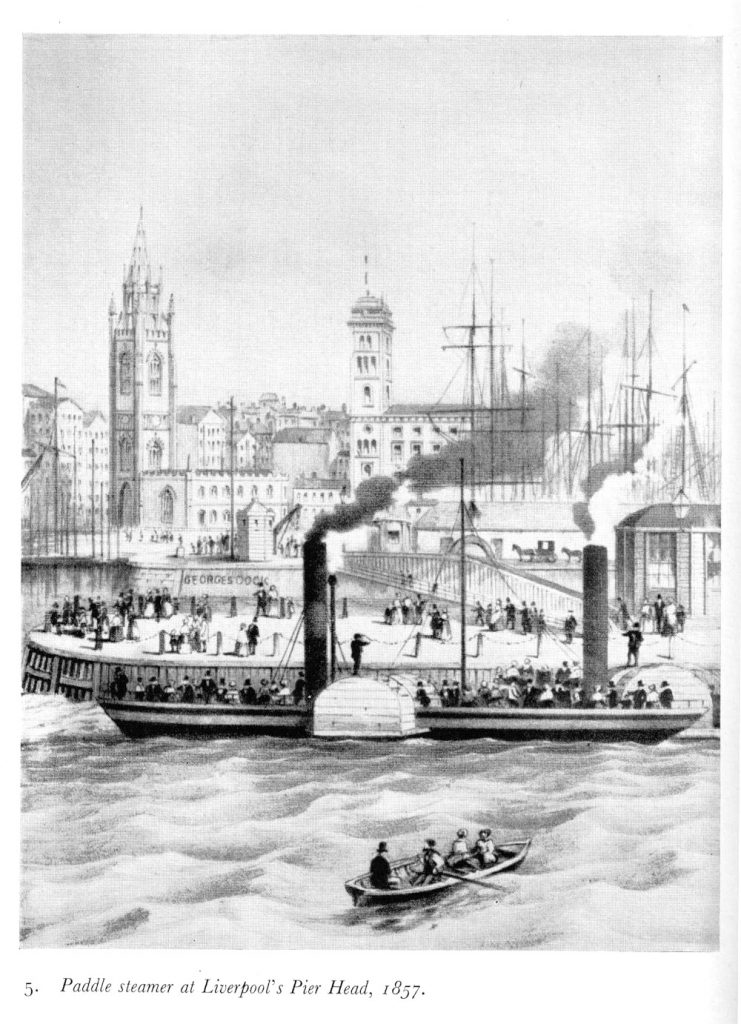
In all, we get a timeline of Liverpool’s west coast position in a relatively sheltered bay, leading to its popularity as a source and destination. Chandler, with some over-stated pride that we might expect from the 1950s, makes it clear that Liverpool needed the ‘exotic’ products of far flung lands (coffee, cotton, sugar) and those far flung lands in return needed our manufactured goods (iron, cloth) to ‘help them industrialise’.
It’s not just the internal structure of Liverpool that shaped its history, but it’s very geographical position on the globe that turned it into the place it is today. As Chandler says, and as I have written elsewhere, Liverpool’s specialist trade was trade itself, having long abandoned its relatively short-lived industries like pottery. Even boat-building generally moved across the water to Birkenhead.
Writing on shipping
I’ve got to complement Chandler on his skill as a writer. Although the book is something of an encyclopedia of shipping businesses, with long lists of ship names and losses, the style is very readable. There are also dozens of illustrations – paintings and photographs – of ships from the 18th century to the date of the book’s publication.

There’s a small diagram of a flag and funnel at the start of each company subchapter; so you can recognise a ship as belonging to one or other line. Sadly, due to the black-and-white nature of these diagrams, you sometimes have to use your imagination. Chandler thankfully adds helpful labels of which areas of white are actually gold, or blue, or yellow!
If you’ve always enjoyed reading about Liverpool’s history as a port then this book might fill in a few blanks. You’ll find out which companies berthed in which dock, and which shared space in the Liver Building, or India Buildings.
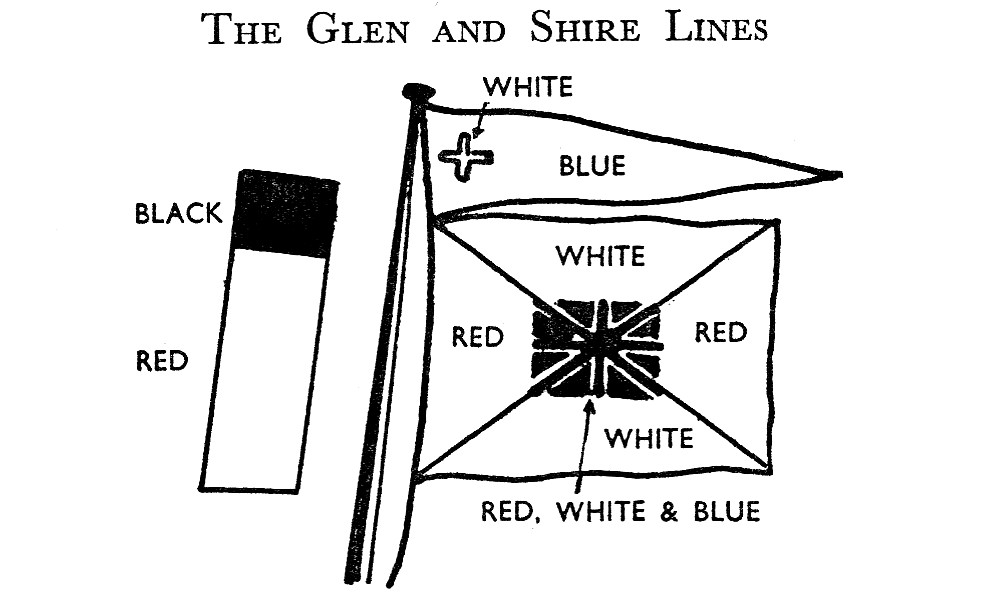
It’s fairly easy to get hold of a copy on eBay. I bought mine for £6 from the excellent Kerneghan Books in the Blue Coat Chambers.
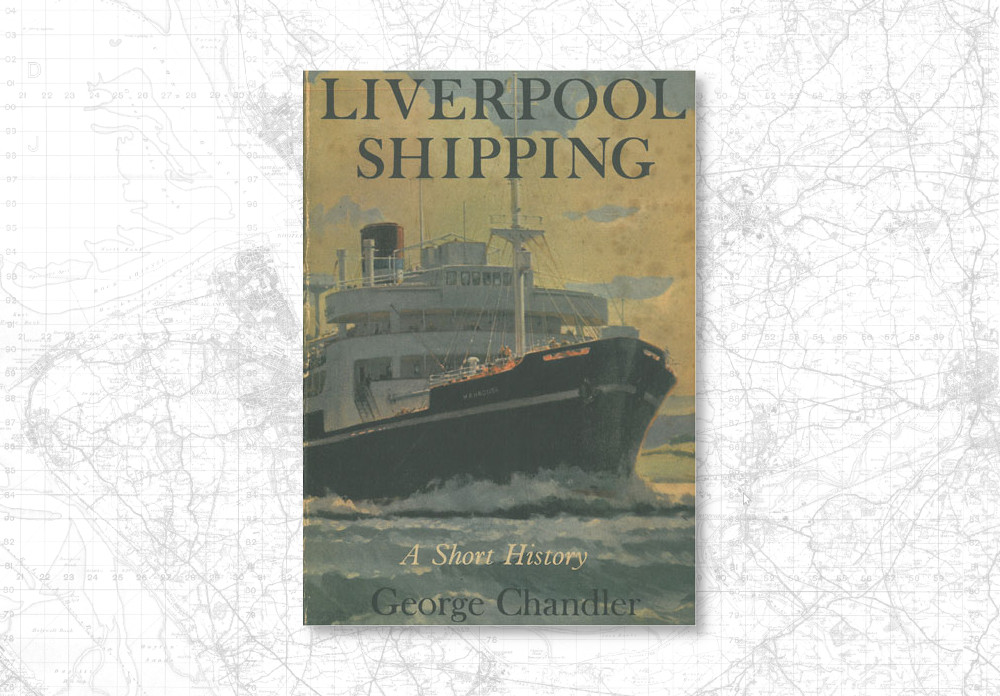
Mrs Elaine Claudia powell
says:that was a wonderful read interesting .many years ago I worked for a lovely gentleman who was stage manager for the 60 s group The Animals..sadly he died and his wife have me an oil painting of his birth place Liverpool featuring .the Docks and the white line boat as my own family were from Liverpool I treasure it . however I don’t know the name of the boat as it was not portrayed on the painting..
Martin Greaney
says:Dear Elaine,
Thanks for your comment – very interesting to hear your link with the Animals!
Best wishes,
Martin